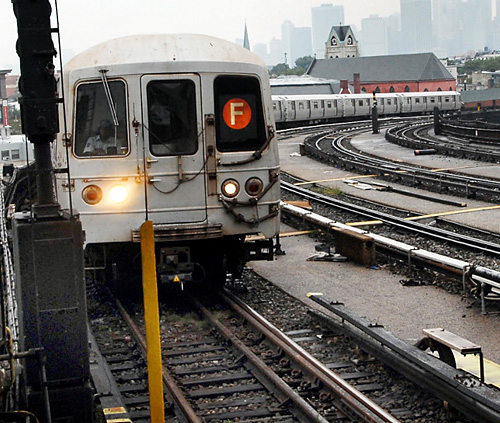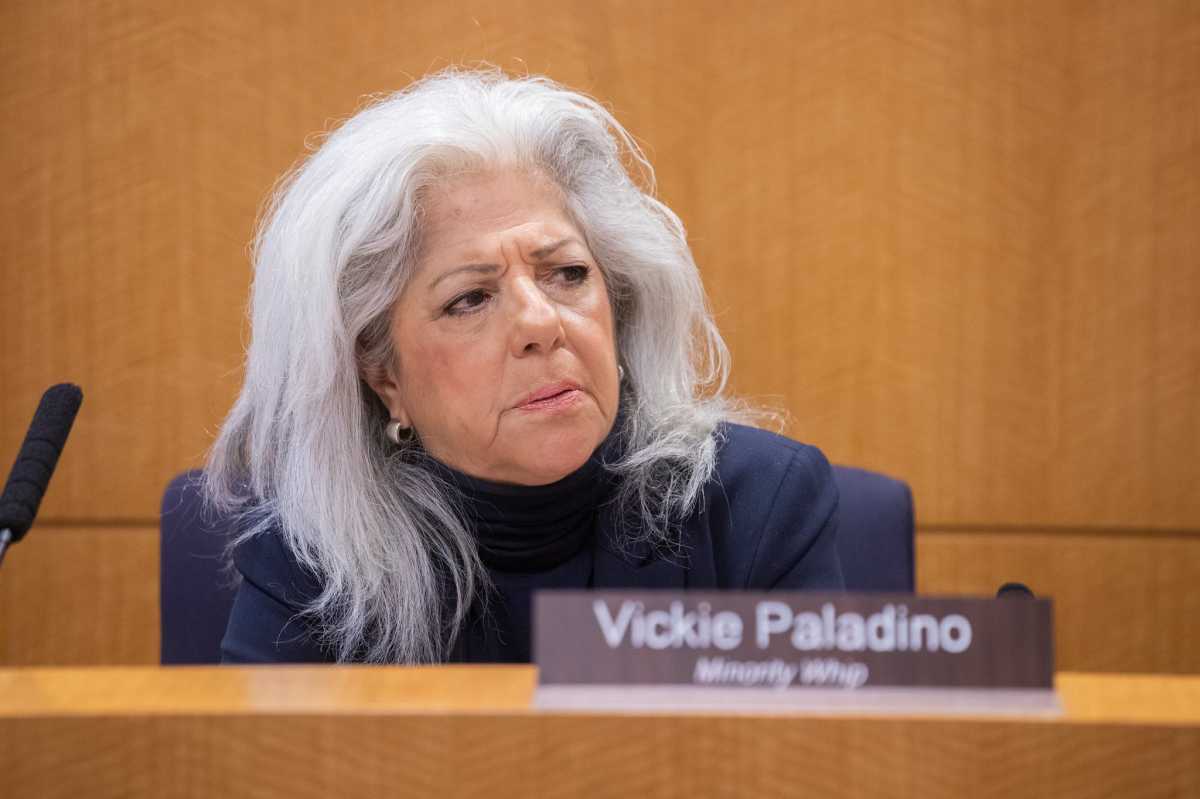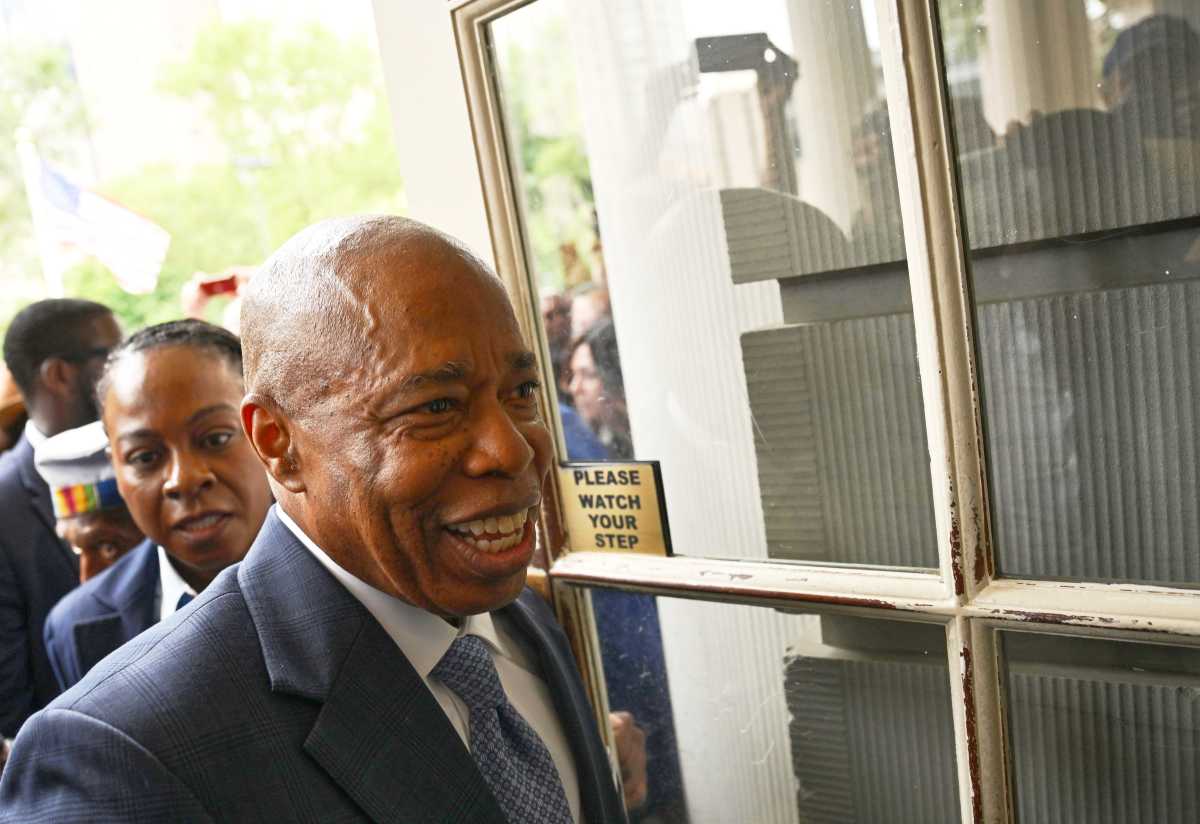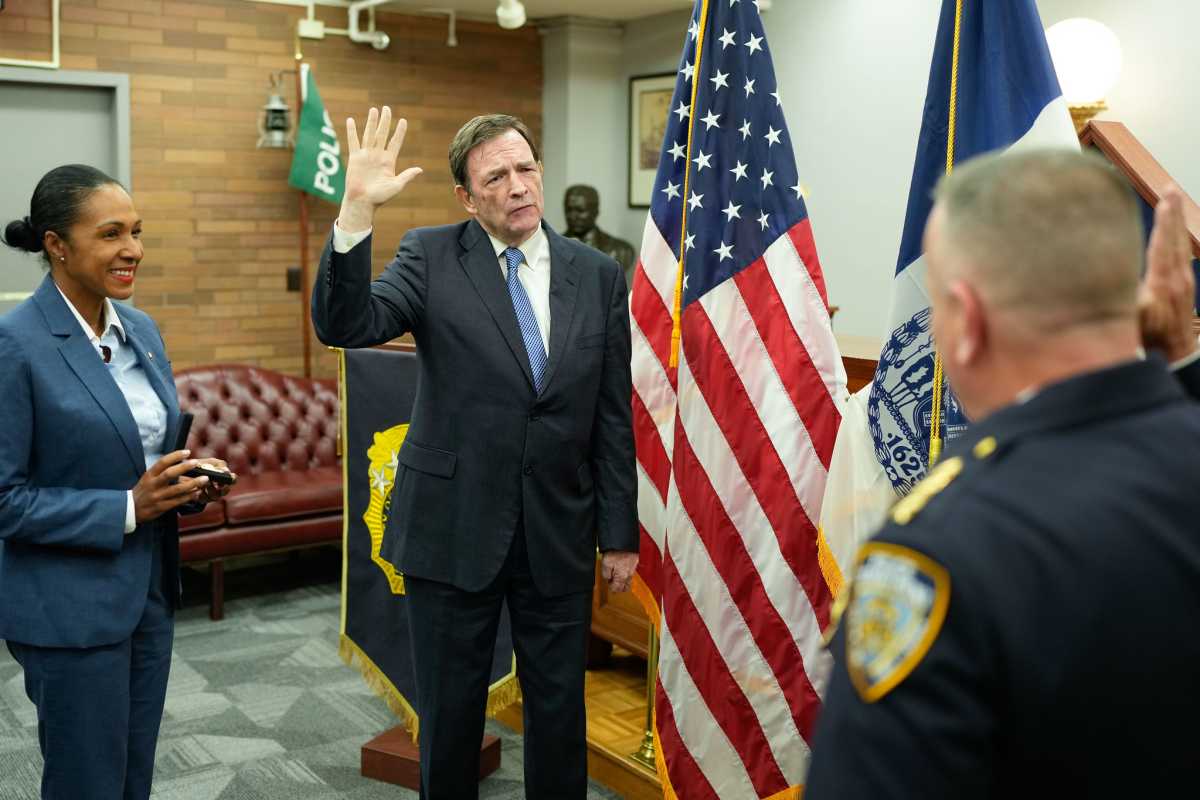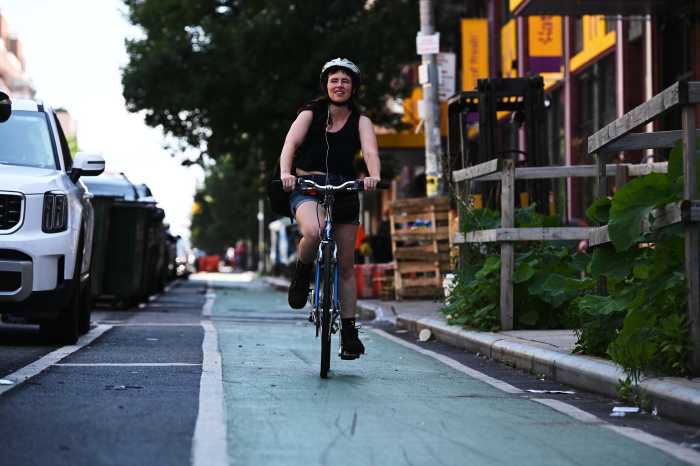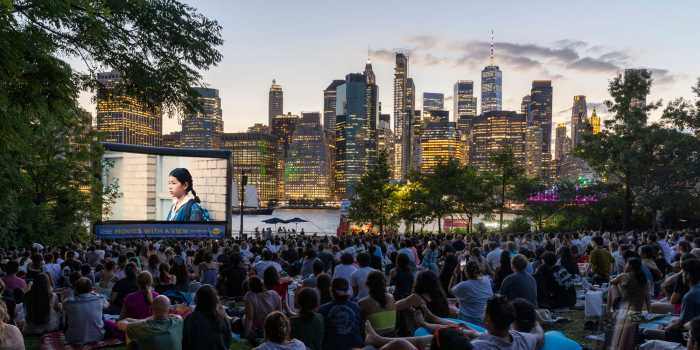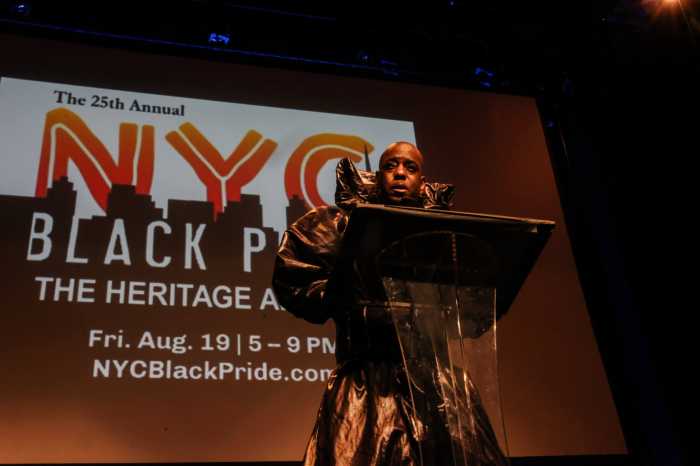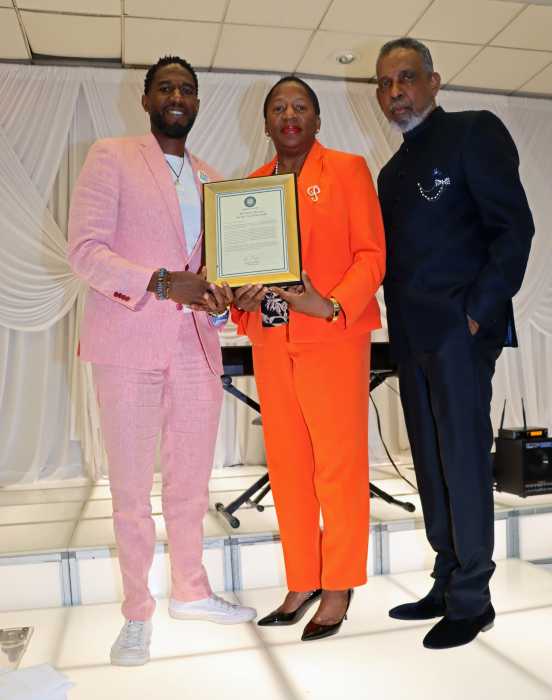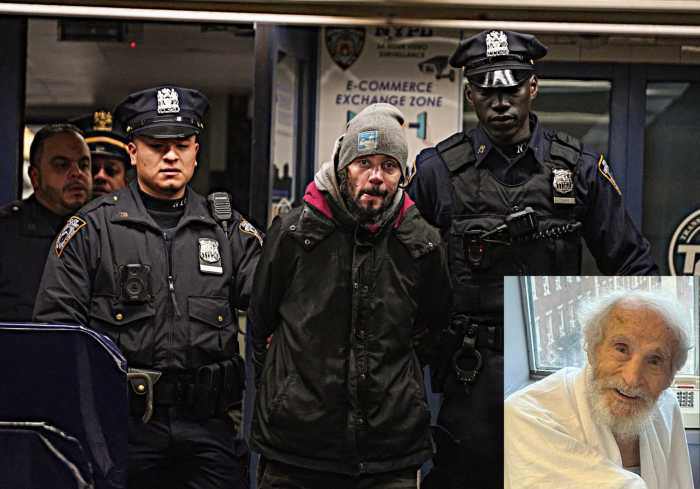Mayor Bloomberg called for the creation of express subway service on the F line, one of the most crowded routes, as part of a larger campaign announcement calling for a multitude of mass transit improvements — and maybe even the return of trolleys! — for Brooklyn.
“Now is the time to act,” the third-term-seeking mayor said in a statement on Monday.
The multi-pronged package borrowed many old ideas from mass transit advocates that could improve travel in Brooklyn, including:
• Subsidized ferry service in Williamsburg and Greenpoint.
• A car-pool lane on the inbound Gowanus Expressway.
• The possible return of trolley-cars to Red Hook and other underserved neighborhoods.
Physically, the mayor’s F-line call could be enacted relatively simply by the state Metropolitan Transportation Authority because there’s an unused track for a zippier ride through stations in Cobble Hill, Carroll Gardens and Park Slope en route to Coney Island. Bloomberg also called for the extension of the V train, which terminates in Manhattan, to run on the F line out to Coney Island for a one-two punch that Brooklyn hasn’t seen since Jim Gilliam and Pee Wee Reese were at the top of the World Series-winning Dodgers lineup in 1955.
Express trains could stop at currently an unused platform at Bergen Street beneath the existing one, but they would skip Carroll Street, Smith-Ninth Streets and Fourth Avenue before stopping again at Seventh Avenue in Park Slope. From there, they would bypass the Prospect Park and Fort Hamilton Parkway stations en route to Church Avenue in Kensington.
But implementing the straphanger-supported proposal for the Culver Line however is off-track until the MTA completes a major renovation of elevated tracks in Park Slope and Carroll Gardens as early as 2012.
The transit authority’s chronic financial woes have squelched many attempts at service improvements in the past, and the mayor’s lack of control over the state body is an obvious hurdle, but an MTA spokesman said that the agency values Bloomberg’s advice, though he refused to address any of his specific proposals.
Instituting the changes is one thing, but the mayor clearly latched onto an already popular idea in Brownstone Brooklyn where up to 89,430 riders board the frequently thronged and off-schedule train every day, up from 83,500 daily riders in 2004. (That tally is imperfect, because New York City Transit can’t separate riders who hop on the G-train at the stations the two lines share.)
Straphangers said the mayor has the right idea.
“I am absolutely in favor,” said Sylvia Musella, at the Jay Street station on Monday. “It is one of the most crowded trains especially in the morning.”
State Sen. Daniel Squadron (D-Carroll Gardens) heard so many complaints from constituents this spring that he requested a full review of the line by the MTA. That report is due this month.
Other proponents of enhanced service think commuters could shave lots of time off their trips to work and also have some much-needed breathing room.
“Closer to Downtown, you’re talking about a couple of minutes. As you get farther out towards Coney Island you’re talking about potentially saving 20 minutes — that’s huge. But it’s also about the possible alleviation of crowding everywhere,” said Gary Reilly, a Democratic candidate for City Council in Carroll Gardens, who has advocated for years on behalf of the F line. “We need this and we deserve it. It’s a low–hanging piece of fruit.”
But Bloomberg’s overall prescription for Brooklyn gets a mixed review from mass transit mavens.
The Regional Plan Association endorsed the F-train idea, as well as the creation of a high-occupancy vehicle lane on the Gowanus Expressway. But the venerable planning group shied away from the streetcar proposition.
“[It’s] probably unworkable and not cost effective,” the scorecard said. “We should not support this.”
The East River ferry service also got the thumbs down.
“Too optimistic, too soon,” the group noted. “Who will pay for it?”
— with Shannon Geis



